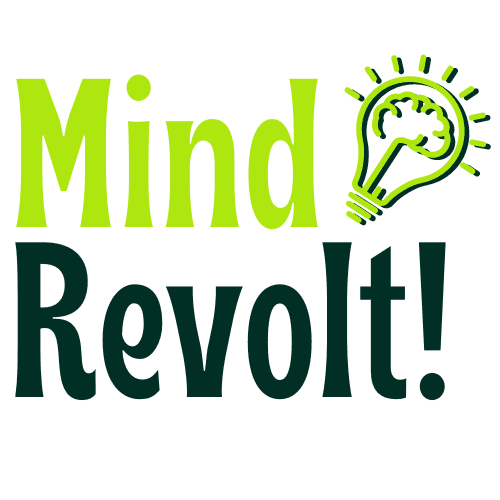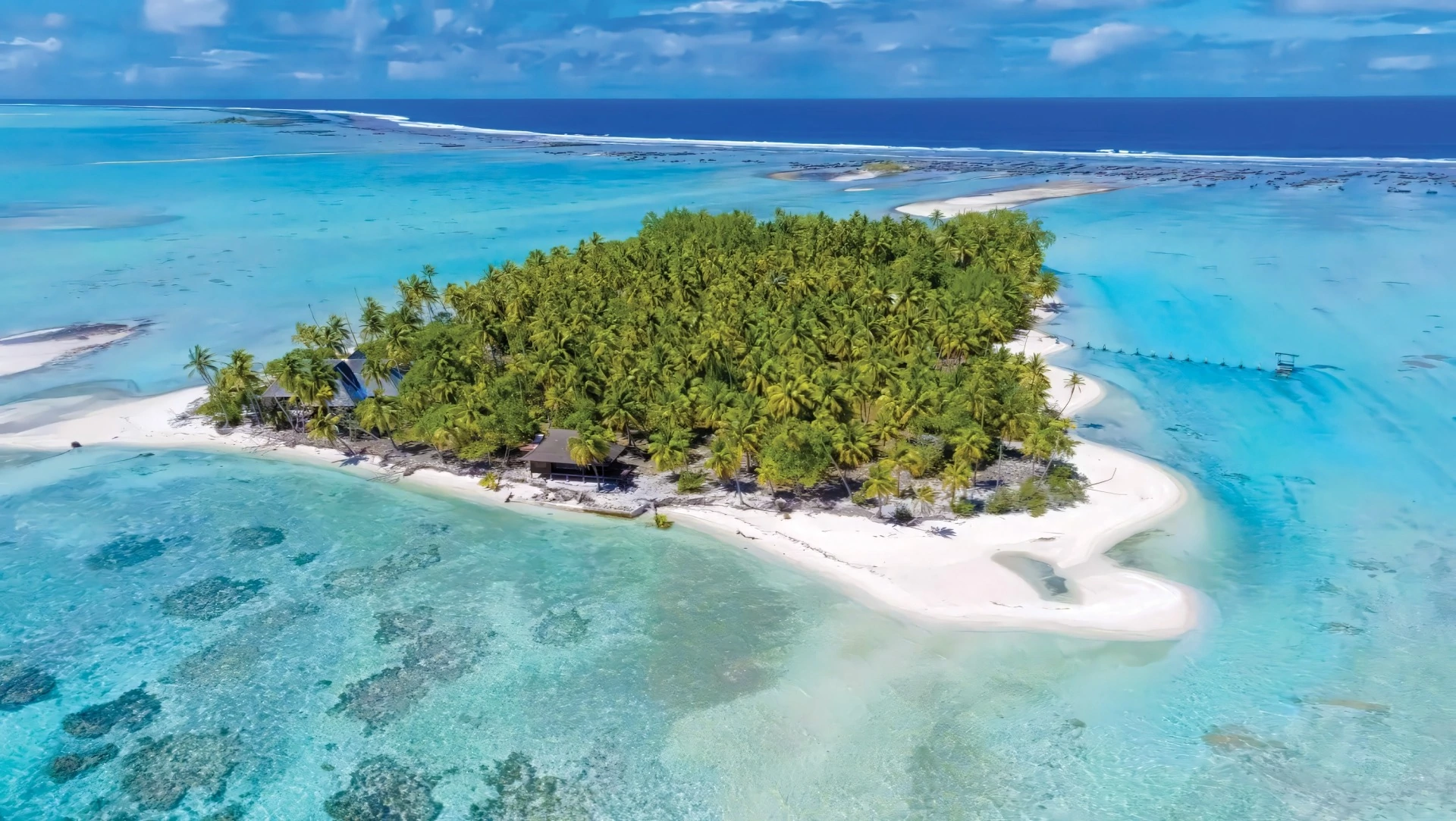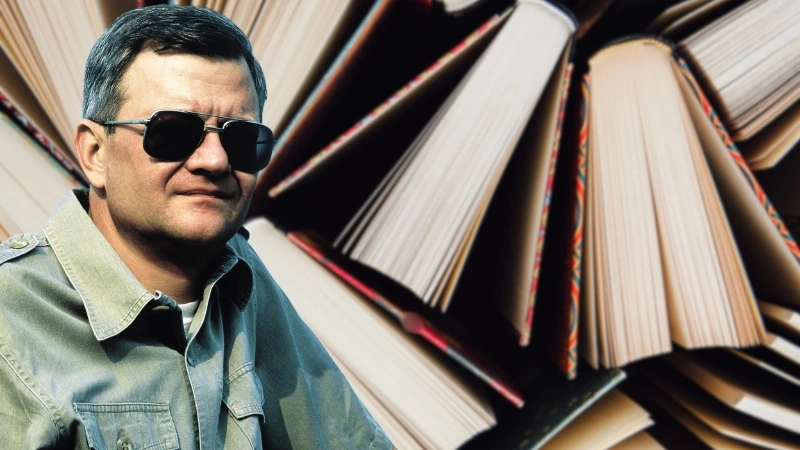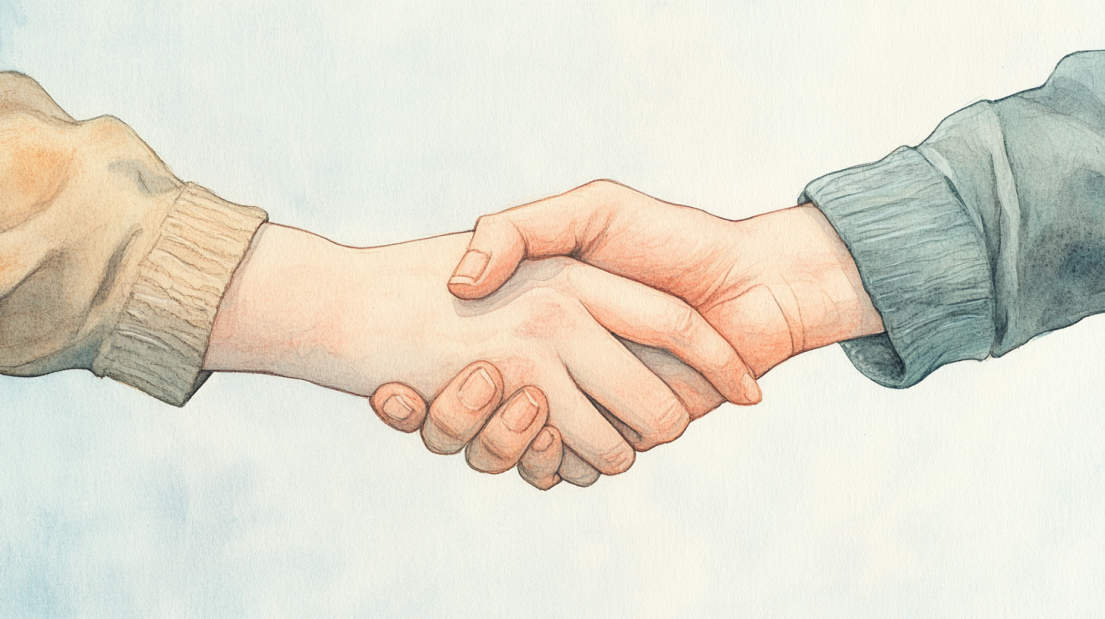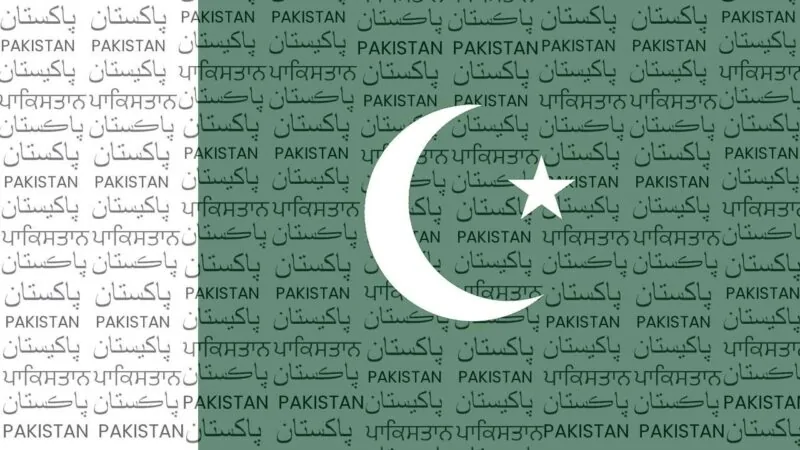
Share Post:
Pakistan is a land rich in cultural and linguistic diversity. Each region tells its own story through the unique languages spoken by its people.
In this article, you will get a straightforward view of how these languages shape the daily life and identity of the country.
Table of Contents
ToggleList of Most Spoken Languages in Pakistan
- Punjabi: 36.98%
- Pashto: 18.15%
- Sindhi: 14.31%
- Saraiki: 12%
- Urdu: 9.25%
- English: 8-10%
- Balochi: 3.6%
- Hindko: 2.5%
- Brahui: 1.2%
- Pahari-Potwari: 0.8%
- Shina: 0.6%
- Burushaski: 0.3%
- Kashmiri: 0.2%
- Khowar: 0.2%
- Gujarati: 0.1%
- Marwari: 0.1%
1. Punjabi Is The Most Dominant Language
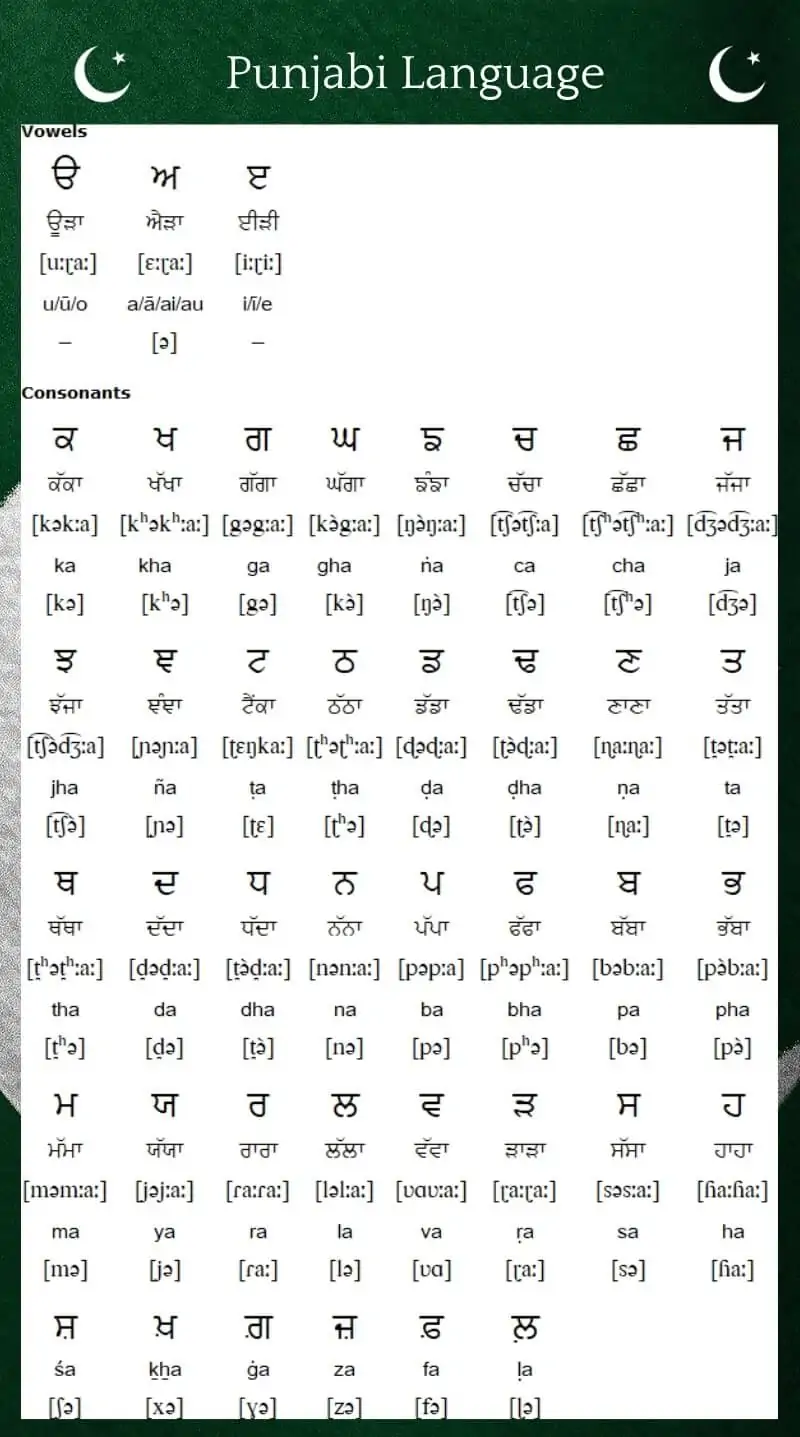
Punjabi is spoken by nearly 37% of the population, making it the most widely used language in Pakistan. It is primarily spoken in the Punjab province, which is home to over half of the country’s population. Punjabi is an Indo-Aryan language, deeply rooted in the region’s history and culture.
The language features several dialects, with Majhi being the most prominent. Majhi is the standard form and serves as the basis for written Punjabi. Other significant dialects include Pothohari, spoken in northern Punjab, and Multani, common in southern Punjab. These dialects, while varied in expression, still allow easy communication among speakers.
Interestingly, despite its widespread usage, Punjabi is not used in government or official documentation. Urdu holds that role. This has sparked debates regarding the preservation and promotion of Punjabi, especially in educational institutions within Punjab.
The Punjabi script in Pakistan is Shahmukhi, which is written in the Persian script, unlike the Gurmukhi script used in India. This script reflects historical influences, particularly the spread of Persian culture during earlier eras.
2. Pashto
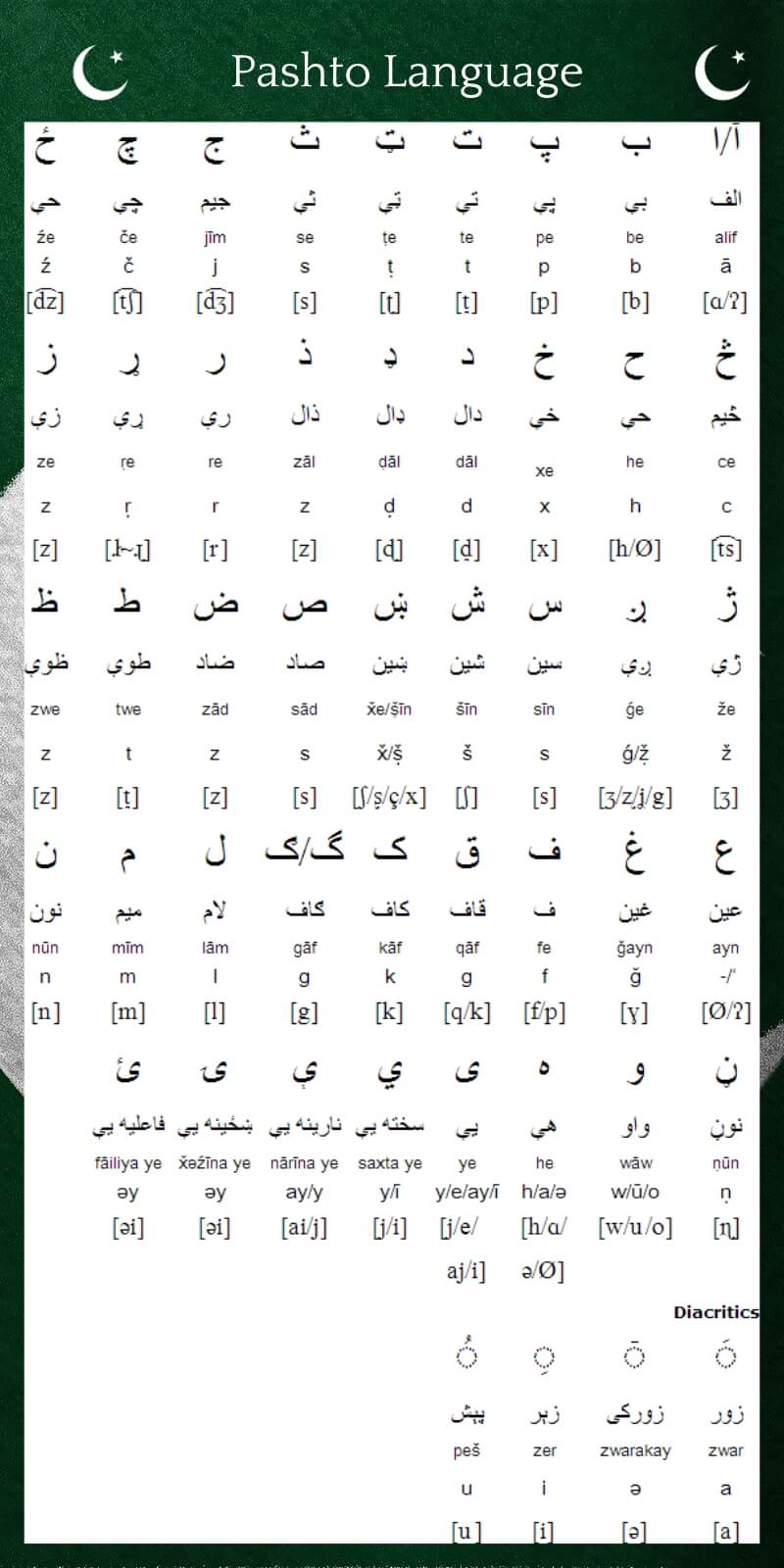
Pashto is spoken by about 18% of Pakistan’s population. It is the dominant language in the provinces of Khyber Pakhtunkhwa and Balochistan, and is also widely spoken in tribal areas near the Afghanistan border. Pashto belongs to the Iranian branch of the Indo-Iranian languages, with deep historical roots in the region.
Pashto has two main dialects in Pakistan: Northern Pashto and Southern Pashto. Northern Pashto is common in areas like Peshawar and Swat, while Southern Pashto is spoken in regions like Quetta and other parts of Balochistan. Both dialects are mutually intelligible but differ in accent and some vocabulary.
Pashto plays a crucial cultural role among the Pashtun communities. Known for its rich oral traditions, including poetry and storytelling, Pashto culture has produced renowned poets like Khushal Khan Khattak and Rahman Baba. Despite this cultural significance, Pashto remains underrepresented in educational institutions and media.
Pashto’s script is written in the Perso-Arabic script, similar to Urdu, but with some additional characters to accommodate sounds unique to Pashto.
3. Sindhi
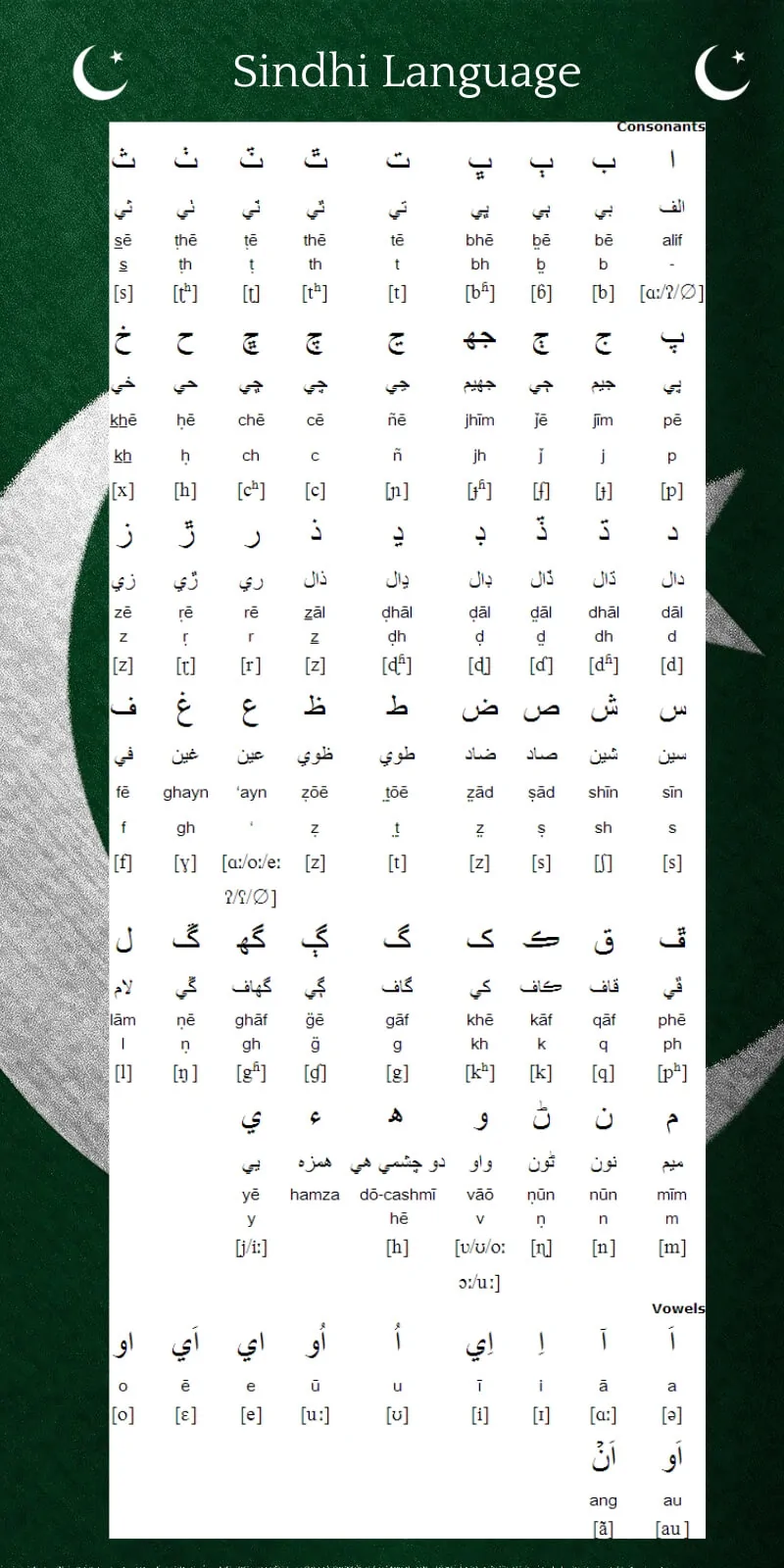
Sindhi is spoken by around 14% of Pakistan’s population, primarily in Sindh province. This ancient language, with roots in the Indo-Aryan family, has been a crucial part of South Asian culture for centuries. It is one of the oldest languages in the region, influenced by Sanskrit, Persian, and Arabic.
Sindhi has numerous dialects, including Vicholi, which is considered the standard dialect and is used in education and media. Other notable dialects are Lari and Thari, spoken in different regions of Sindh. Despite these variations, communication remains consistent across the province.
The Sindhi script is unique, based on the Perso-Arabic script with additional characters to represent sounds specific to Sindhi. Historically, it was also written in the Devanagari script, although that usage has declined over time.
Sindhi enjoys strong cultural and literary traditions. Sindh has produced some of the most celebrated poets and writers, such as Shah Abdul Latif Bhittai, whose works continue to resonate deeply within the region. Sindhi is also taught in schools and used in regional government.
4. Saraiki
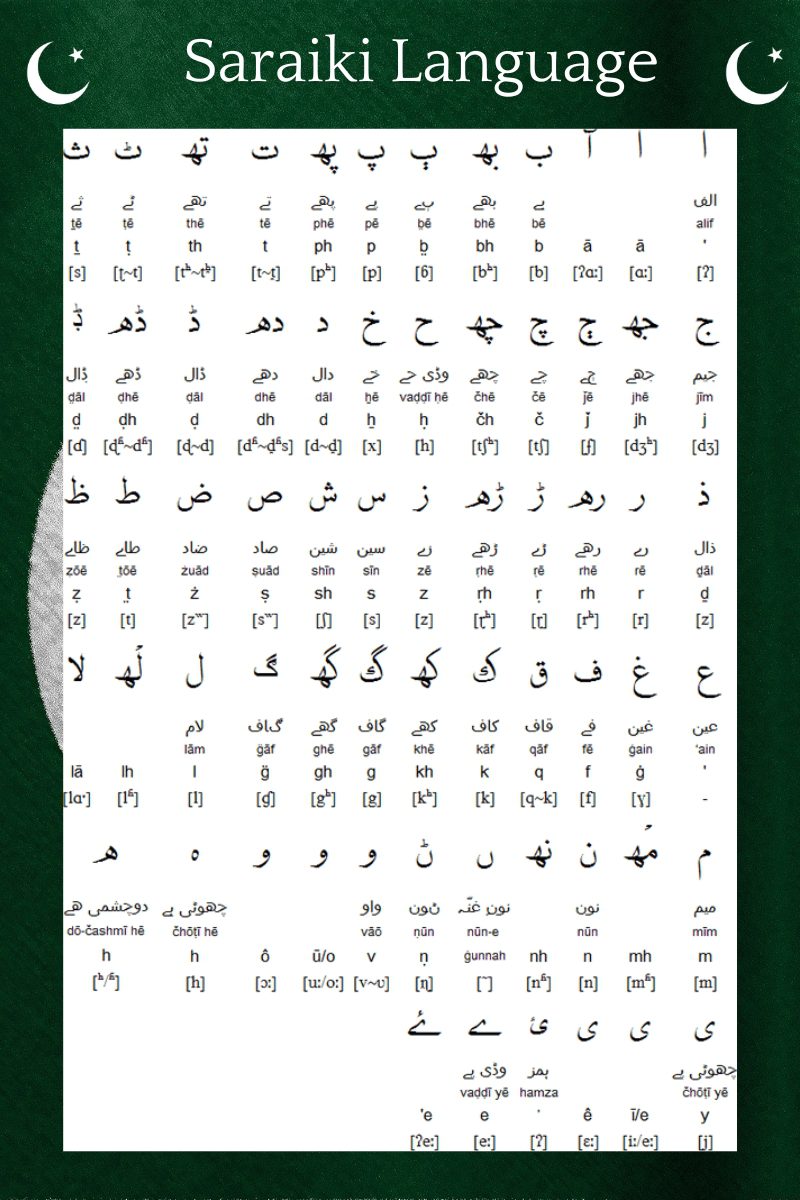
Saraiki is spoken by about 12% of Pakistan’s population, mostly in southern Punjab. It is closely related to Punjabi and is sometimes considered a dialect of it, although many argue that it is a distinct language due to its unique phonology and vocabulary. The main regions where Saraiki is spoken include Multan, Bahawalpur, and Dera Ghazi Khan.
Saraiki has several dialects, including Multani, Derawali, and Riasati, with Multani being the most widely recognized. These dialects vary slightly but remain mutually intelligible.
The language’s script is similar to the Perso-Arabic script, like Punjabi and Sindhi, with a few modifications to suit its specific sounds. Saraiki literature is rich in poetry, with a strong oral tradition that has preserved its cultural heritage over centuries. Renowned poets like Khwaja Ghulam Farid have contributed significantly to Saraiki literature, and their works remain celebrated today.
5. Urdu is The National Language
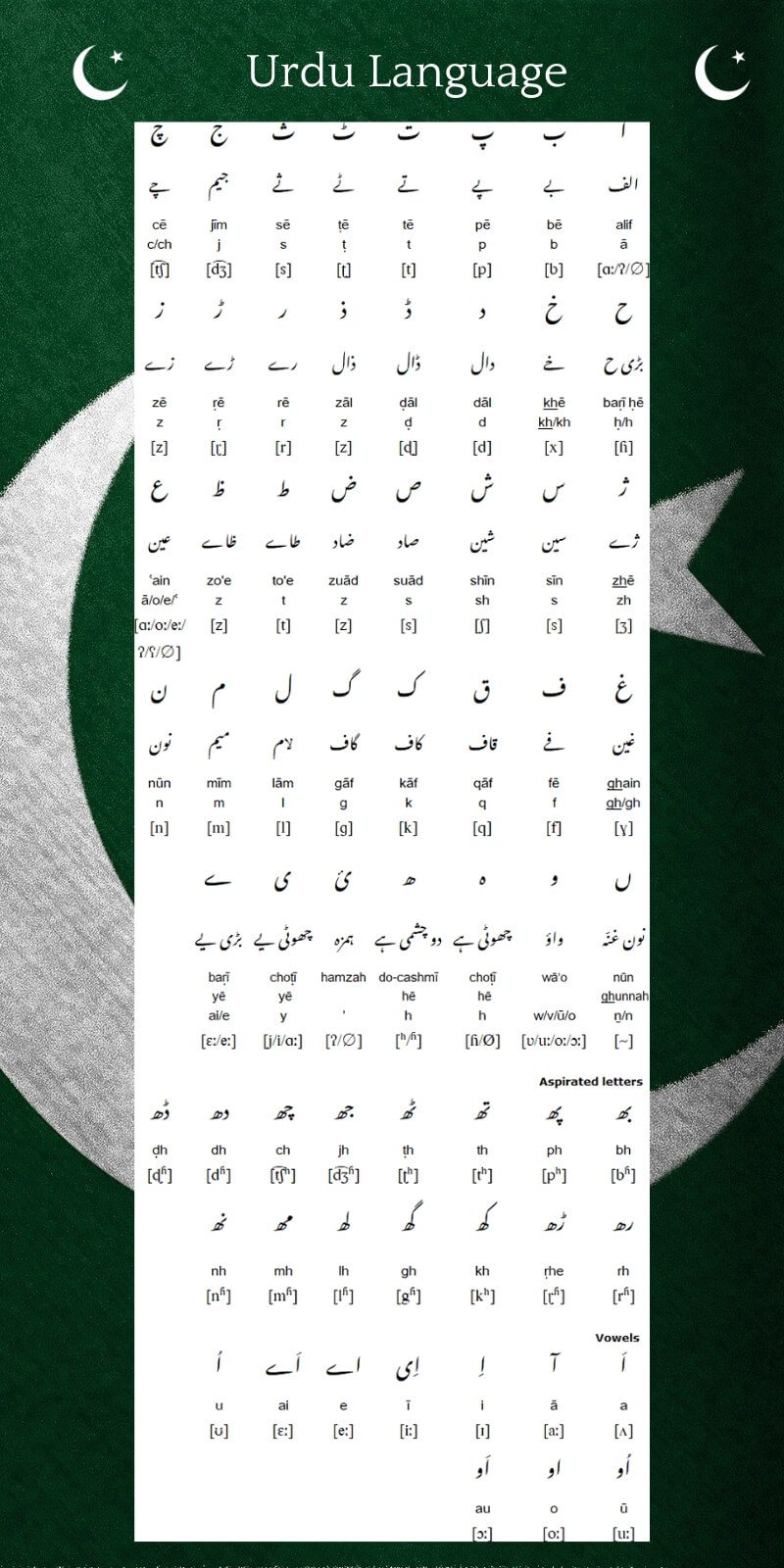
Urdu is spoken by around 9.25% of the population as a native language, yet it holds a central role as the national language and is widely understood across Pakistan. Urdu emerged as a lingua franca during the British colonial period, blending elements of Persian, Arabic, and local languages.
Although only a small percentage of Pakistanis speak it as their first language, nearly everyone can understand and use Urdu in daily life, making it a key tool for communication nationwide.
Urdu’s significance lies in its status as the language of government, education, and media. It is taught in schools across all provinces, ensuring that people from diverse linguistic backgrounds can communicate with one another. The language is written in the Nastaliq script, which is a form of Perso-Arabic script known for its flowing calligraphy.
6. English
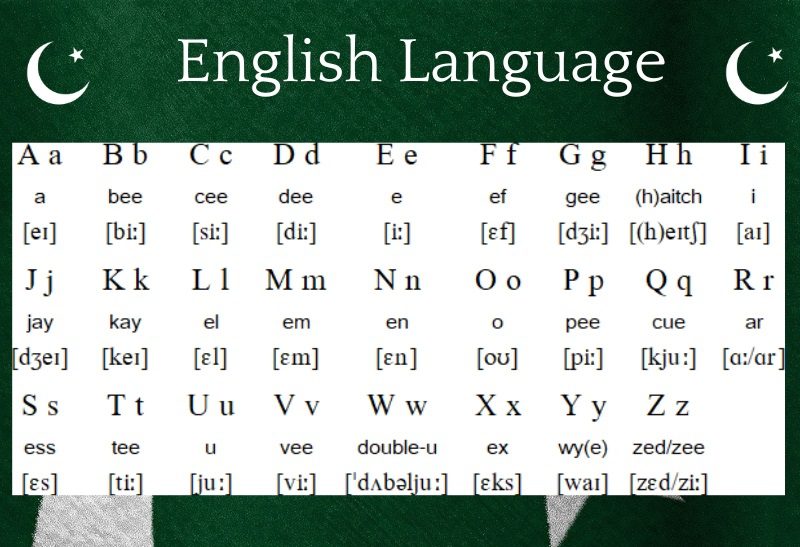
English is spoken fluently by about 8-10% of the population, making it a crucial language in Pakistan’s educational and governmental framework. While not a native language for most Pakistanis, English remains the primary medium of instruction in higher education, business, law, and official communication. Its prominence stems from the country’s colonial history, where English became the dominant language in governance.
English serves as a bridge across linguistic divides in Pakistan, enabling communication between people from different regions. It is commonly used in urban centers like Karachi, Lahore, and Islamabad, where education and business sectors heavily rely on it.
The widespread use of English in Pakistan has also led to the growth of bilingualism, with many Pakistanis fluent in both Urdu and English. However, the language remains a marker of social class, often associated with urban elites and higher education.
7. Balochi
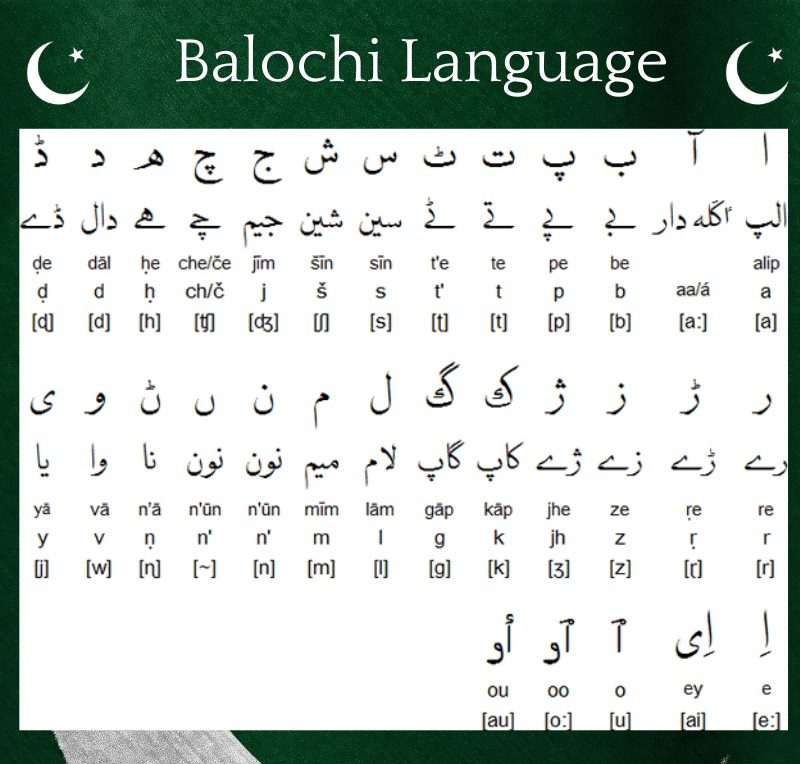
Balochi is spoken by around 3.6% of the population, primarily in Balochistan, Pakistan’s largest and most sparsely populated province. It belongs to the Iranian branch of the Indo-Iranian languages and has a rich history dating back to ancient times. The language is also spoken in parts of Iran and Afghanistan, reflecting the shared cultural ties across borders.
Balochi has several dialects, including Eastern Balochi, Western Balochi, and Southern Balochi. These dialects are mutually intelligible but vary slightly in pronunciation and vocabulary depending on the region. Despite its widespread use within Balochistan, Balochi remains underrepresented in education and media, with many Baloch people also fluent in Urdu and Pashto.
The Balochi script is written using the Perso-Arabic script, much like other regional languages. Historically, Balochi literature has thrived in oral traditions, with poetry and folk tales playing a significant role in preserving the language’s cultural heritage. In recent years, there have been growing efforts to promote Balochi literature and education, but challenges remain due to limited resources and governmental focus on other languages.
8. Hindko
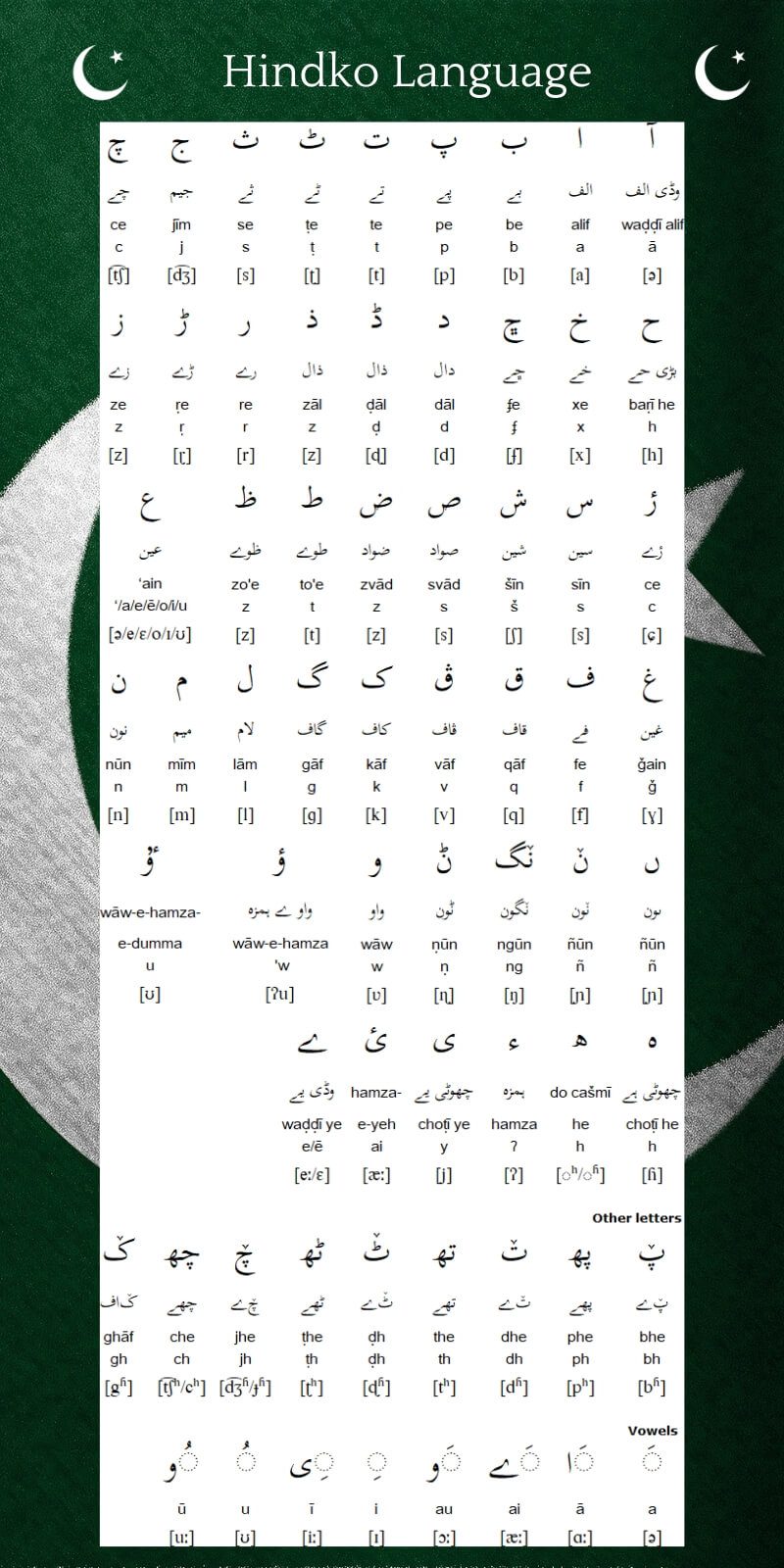
Hindko is spoken by 2.5% of Pakistan’s population, primarily in the northern regions of Khyber Pakhtunkhwa and parts of Punjab. Hindko belongs to the Indo-Aryan language family and is often considered a collection of dialects rather than a single language. The major dialects include Hazara Hindko and Peshawari Hindko, with the former being more widespread.
Hindko speakers are primarily found in cities like Abbottabad, Mansehra, and Peshawar. The language has a rich history and is deeply intertwined with the cultural identity of the Hazara community. Despite its significance in these regions, Hindko remains relatively unknown outside its primary areas, often overshadowed by dominant languages like Pashto and Urdu.
The Hindko script is usually written in the Perso-Arabic script, similar to other regional languages in Pakistan. However, Hindko is more commonly spoken than written, and efforts to standardize it are still ongoing. In recent years, there has been a push to preserve Hindko through literature, media, and educational initiatives, ensuring that it continues to thrive in the face of growing linguistic homogenization.
9. Brahui
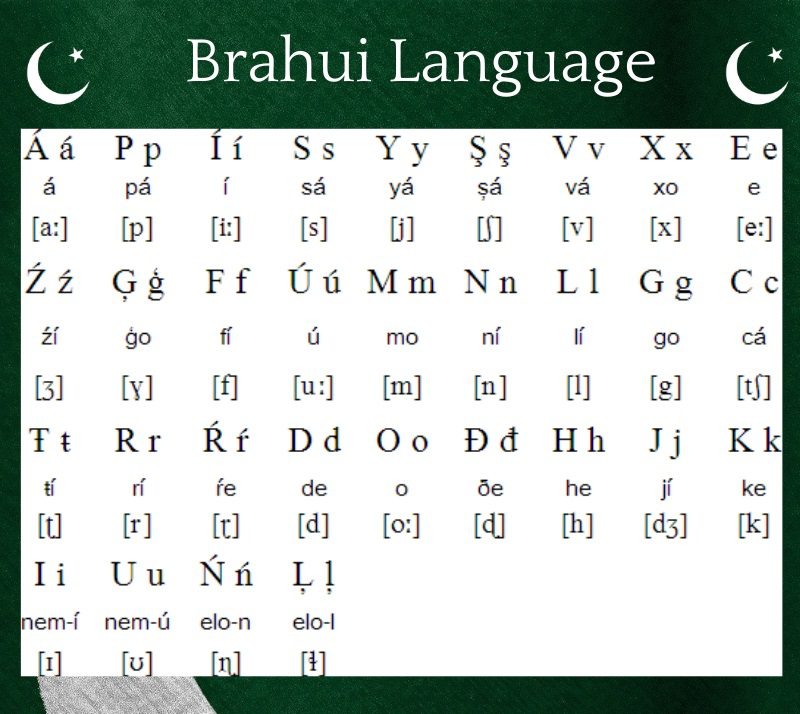
Brahui is spoken by about 1.2% of Pakistan’s population, mainly in the province of Balochistan. What makes Brahui particularly fascinating is that, unlike most other regional languages in Pakistan, it belongs to the Dravidian language family, which is more commonly associated with southern India. This makes Brahui an outlier, linguistically distinct from the Indo-Iranian languages that dominate the region.
Brahui speakers are primarily concentrated in central Balochistan, particularly in the districts of Kalat, Mastung, and Khuzdar. Despite its deep roots, Brahui has been influenced by neighboring languages like Balochi, Sindhi, and Pashto, leading to significant borrowing of vocabulary.
The language is mostly oral, with limited written literature. When it is written, Brahui uses the Perso-Arabic script. However, the majority of Brahui communication happens through spoken interactions, maintaining its rich oral traditions that include storytelling, poetry, and folklore passed down through generations.
The interesting fact about Brahui is its resilience. Despite being surrounded by dominant languages, it has survived for centuries and remains an important part of the cultural identity of the Brahui people.
10. Pahari-Potwari
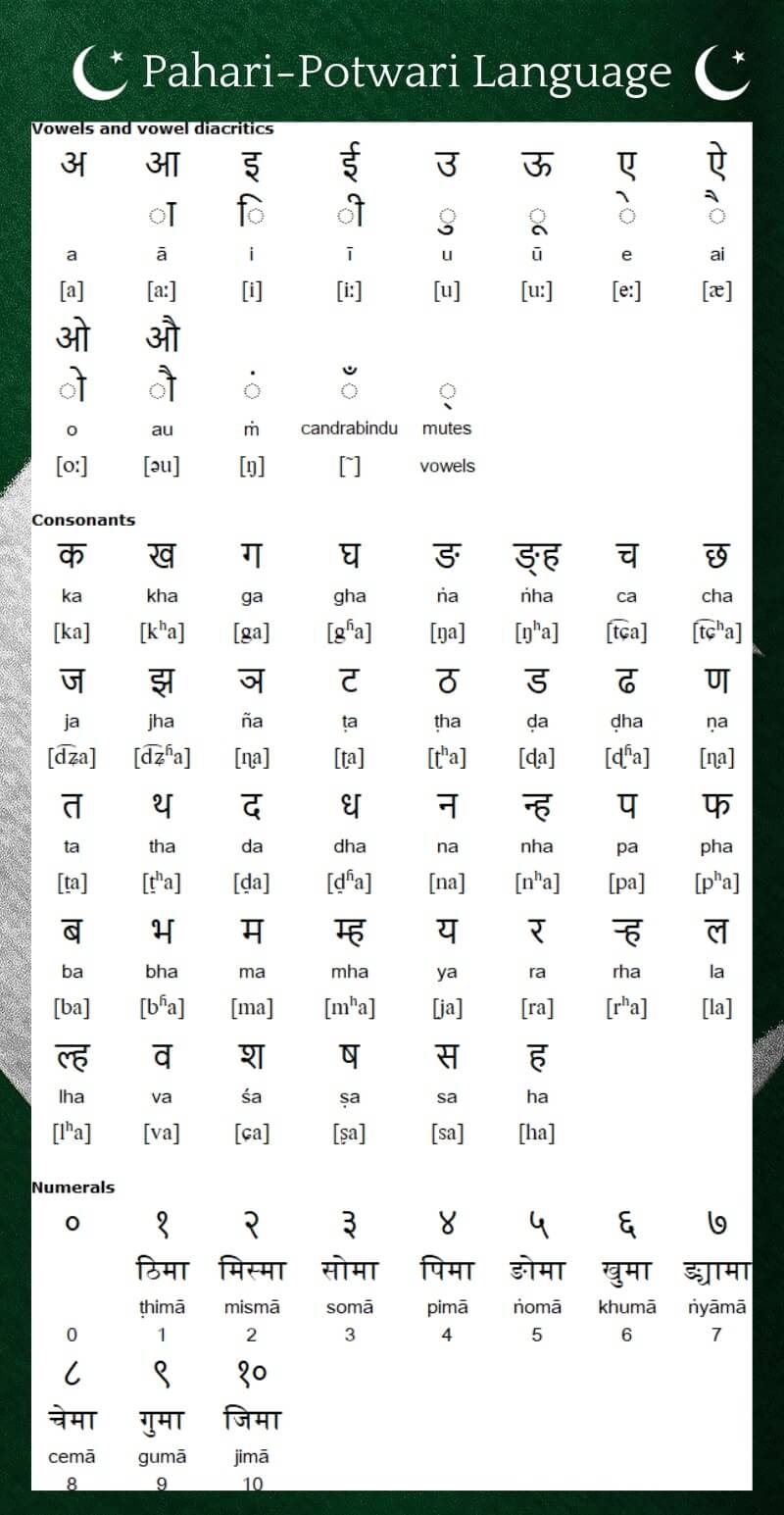
Pahari-Potwari is spoken by about 0.8% of Pakistan’s population, mainly in the Pothohar Plateau, Azad Kashmir, and parts of northern Punjab. This language occupies an interesting position between Punjabi and Hindko, leading many to consider it a transitional dialect rather than a fully distinct language. However, the linguistic richness and cultural identity tied to Pahari-Potwari have sparked debates about its classification.
Pahari-Potwari has several sub-dialects, including Pothohari, Mirpuri, and Pahari, with each variant reflecting the local culture and history of the region where it is spoken. Pothohari is prevalent in areas like Rawalpindi, while Mirpuri is widely spoken in Mirpur and among the Pakistani diaspora in the United Kingdom.
An interesting fact is the significant role Pahari-Potwari plays within the overseas Pakistani communities, especially in the UK, where Mirpuri speakers form a large segment of the Pakistani population.
11. Shina
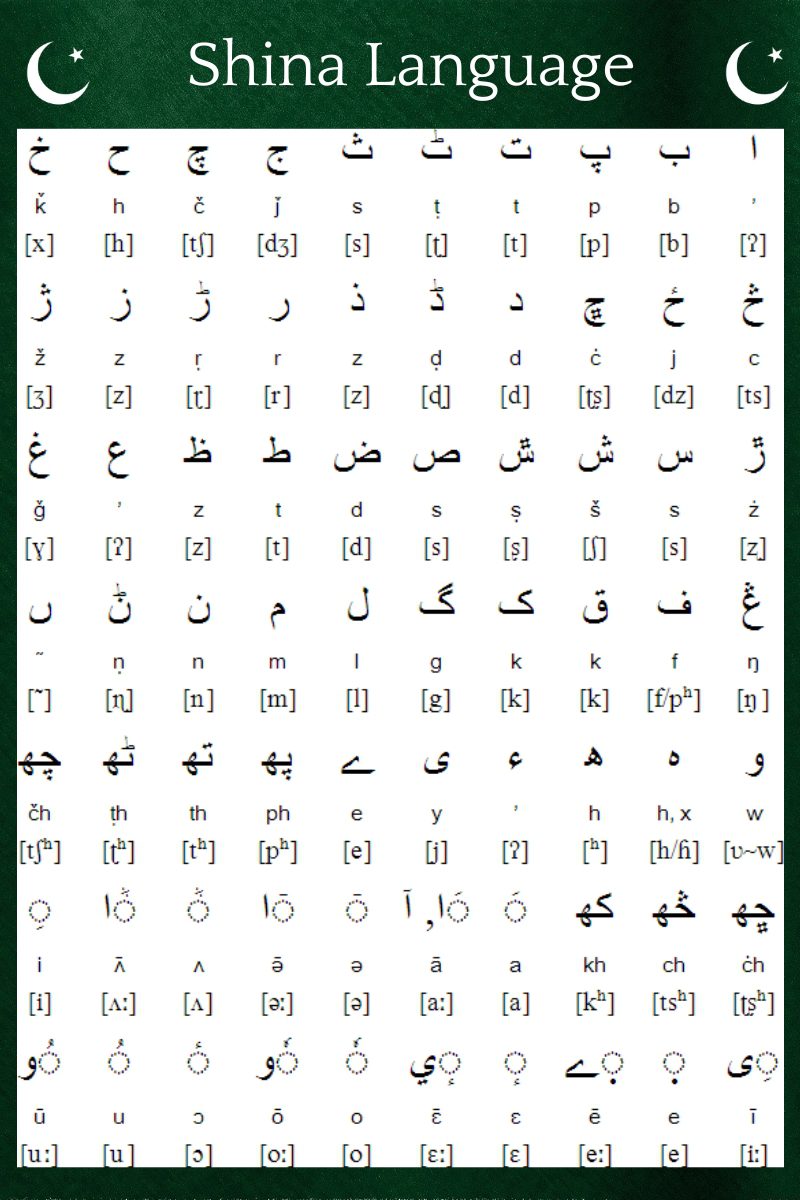
Shina is spoken by around 0.6% of the population, primarily in the Gilgit-Baltistan region. It is a member of the Dardic language group, which is part of the Indo-Aryan family. Shina plays a crucial role in the cultural identity of the mountainous communities in northern Pakistan, including areas like Gilgit, Chilas, and Astore.
One of the interesting aspects of Shina is its variety of dialects, with subtle differences found across valleys and villages. Despite these variations, the language remains mutually intelligible for its speakers. The Standard Shina dialect is most widely recognized and serves as the basis for any written forms of the language.
Shina is primarily an oral language with limited formal literature. However, it has a rich tradition of oral poetry, songs, and storytelling, which are integral to the region’s cultural heritage. The language’s script, when used, is typically the Perso-Arabic script, similar to Urdu and other regional languages.
An intriguing fact about Shina is its connection to some of the oldest cultures in the region. The language has preserved ancient vocabulary and expressions that offer insight into the history and traditions of the Gilgit-Baltistan area.
12. Burushaski
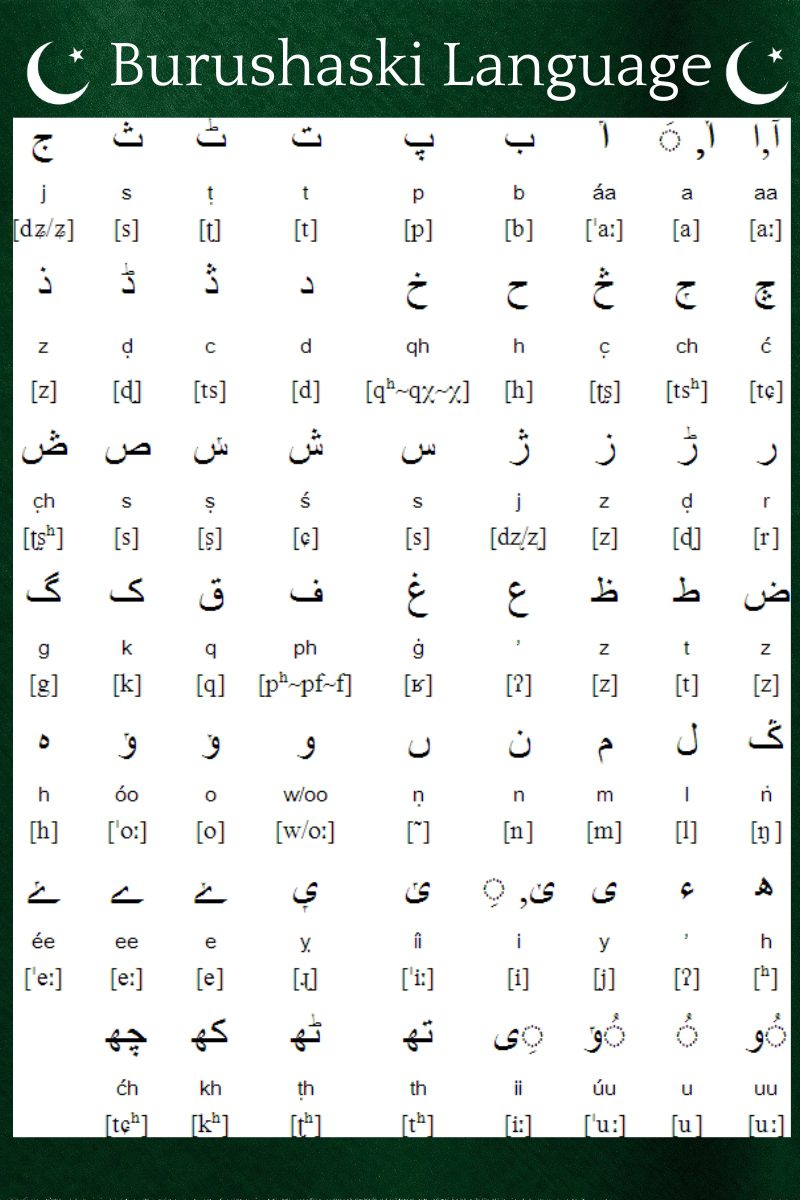
Burushaski is spoken by 0.3% of Pakistan’s population, primarily in the Hunza, Nagar, and Yasin valleys of Gilgit-Baltistan. What sets Burushaski apart is that it is a language isolate, meaning it has no known relation to any other language family in the world. This linguistic uniqueness makes Burushaski a subject of fascination among linguists and researchers.
The language has multiple dialects corresponding to the different valleys where it is spoken. Despite these dialectal differences, Burushaski remains mutually intelligible among its speakers. Historically, Burushaski has been preserved mainly through oral traditions, with only limited written literature.
The script used for Burushaski, when written, is the Perso-Arabic script, like many other regional languages. However, Burushaski’s preservation largely depends on oral transmission, particularly through poetry, songs, and folklore passed down over generations.
13. Kashmiri
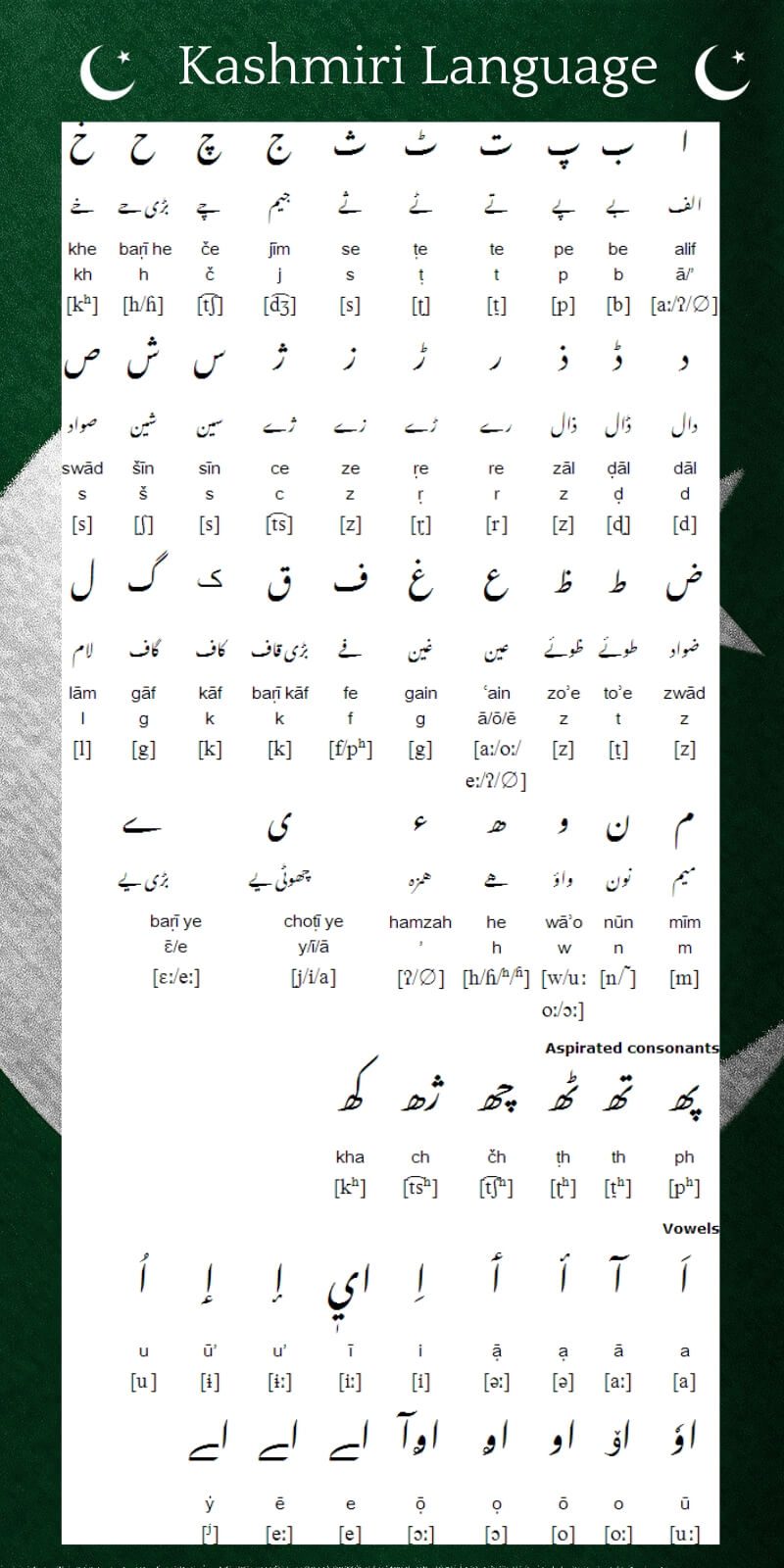
Kashmiri is spoken by around 0.2% of Pakistan’s population, primarily in Azad Jammu and Kashmir. It belongs to the Dardic subgroup of the Indo-Aryan languages, with roots that trace back over a thousand years. Despite the small number of speakers in Pakistan, Kashmiri holds great cultural and historical significance.
Kashmiri is known for its rich literary tradition, especially in poetry and mystic Sufi literature. The language uses the Perso-Arabic script in Pakistan, though in neighboring Indian-administered Kashmir, the Devanagari script is also used. The vocabulary of Kashmiri includes words of Persian, Sanskrit, and Arabic origin, reflecting the diverse influences on the language over centuries.
Kashmiri dialects show some variation across different regions, but they remain mutually intelligible. The language is spoken in everyday communication but is also cherished as a cultural treasure by those in the region.
14. Khowar
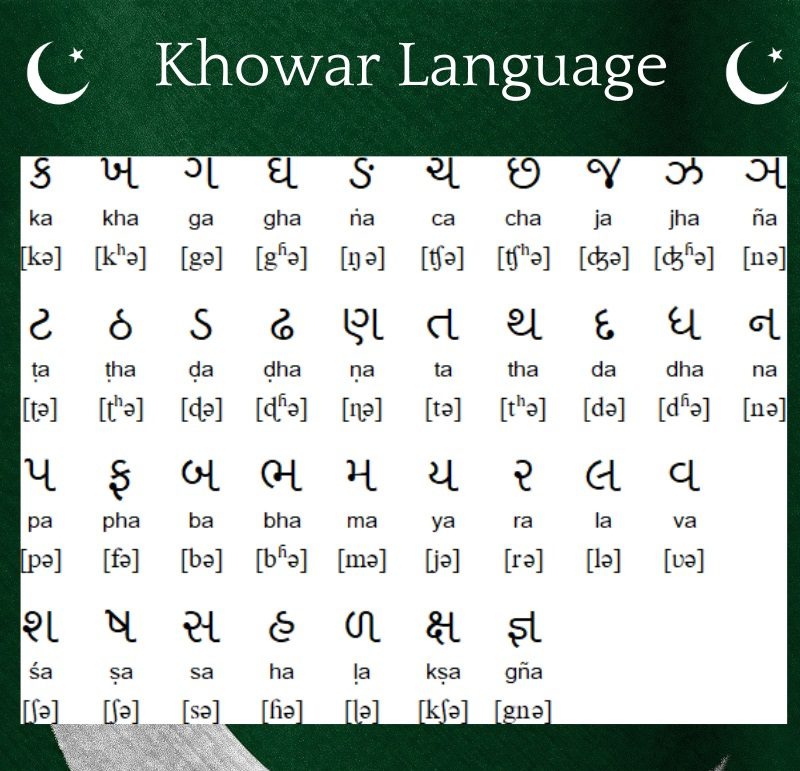
Khowar is spoken by around 0.2% of Pakistan’s population, mainly in the Chitral district of Khyber Pakhtunkhwa and parts of Gilgit-Baltistan. It belongs to the Dardic branch of the Indo-Aryan languages, and its speakers are primarily the Kho people of Chitral. Khowar, also known as Chitrali, is a key element of cultural identity in this mountainous region.
The language has several dialects, with variations in pronunciation and vocabulary between the upper and lower Chitral valleys. Despite these differences, Khowar remains mutually intelligible across the district. The language has a rich oral tradition that includes poetry, storytelling, and folk songs, which are integral to local cultural events and celebrations.
Khowar uses the Perso-Arabic script for written communication, but historically, it was an exclusively oral language. In recent decades, efforts have been made to document and preserve Khowar literature, including poetry and folklore.
15. Gujarati
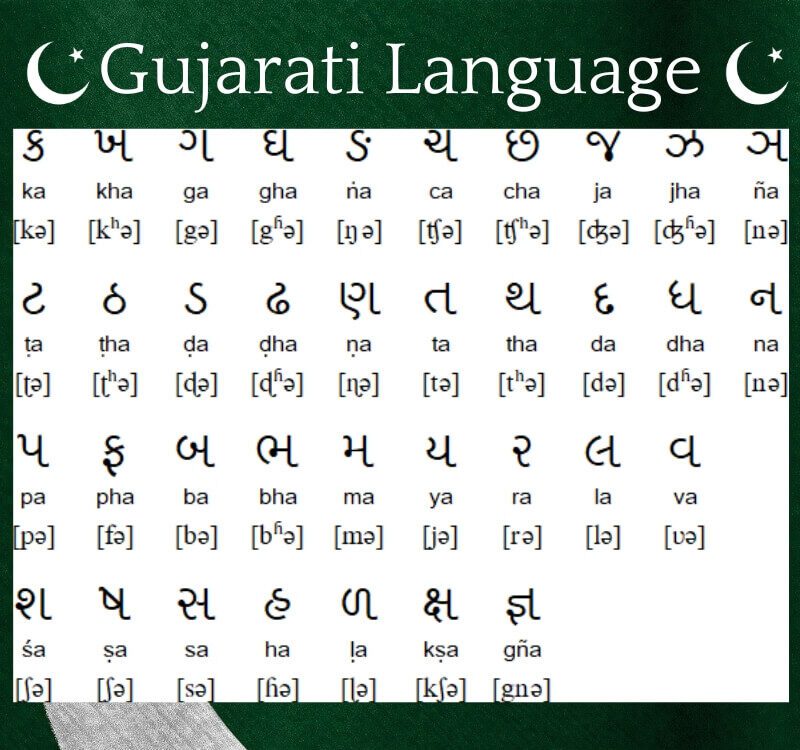
Gujarati is spoken by around 0.1% of Pakistan’s population, mainly by the Gujarati community in the Sindh province. Originating from the Indian state of Gujarat, this Indo-Aryan language was brought to Pakistan by traders and migrants who settled in Karachi and other parts of Sindh. Over time, the language became an important part of the social and business fabric of these communities.
Gujarati has several dialects, with variations influenced by the region and caste groups. In Pakistan, the language is mostly spoken within specific communities and is often passed down through generations. Despite its relatively small speaker base, Gujarati retains its importance, especially in social settings, religious practices, and traditional ceremonies.
16. Marwari
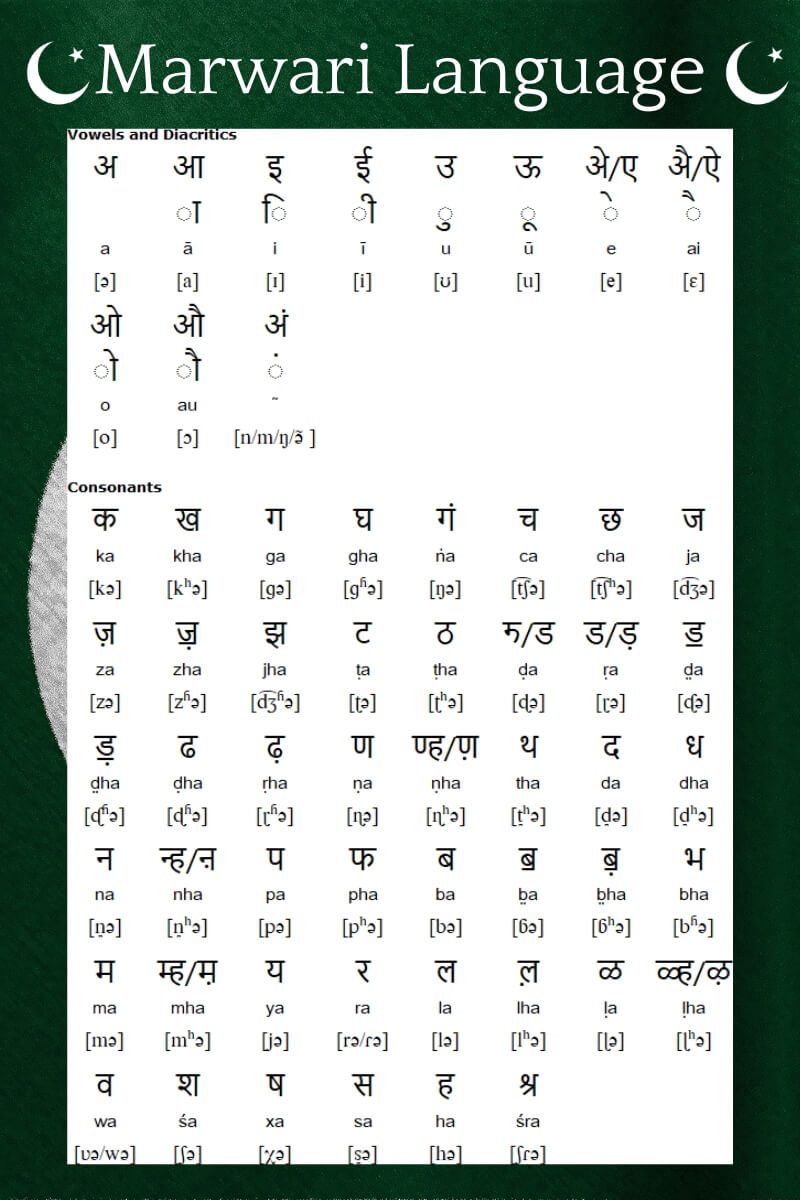
Marwari is spoken by around 0.1% of Pakistan’s population, mainly in the Sindh province and parts of Punjab. The language originates from the Marwar region of Rajasthan in India and was brought to Pakistan by the Marwari community, many of whom settled in Sindh. Marwari is an Indo-Aryan language and belongs to the Rajasthani group of languages, sharing close ties with Gujarati, Sindhi, and other regional languages.
The Marwari-speaking community in Pakistan primarily resides in urban centers like Karachi and Hyderabad, where they have maintained their linguistic traditions. Marwari is often used in religious ceremonies, cultural events, and within close-knit community gatherings, reflecting the strong sense of cultural identity among its speakers.
The language is typically written using the Devanagari script in India, but in Pakistan, it is often passed down orally without a standardized written form.
FAQs
What are the most endangered languages in Pakistan?
In Pakistan, several languages are at risk of disappearing due to declining numbers of native speakers. Among these are Domaaki, Mankiyali, and Gowro, all spoken by small communities in remote regions. These languages have limited documentation and are primarily passed down through oral traditions, making them vulnerable to extinction.
How many dialects of Punjabi are spoken in Pakistan?
Punjabi in Pakistan features several dialects, the most prominent being Majhi, Pothohari, Multani, and Hindko. Majhi is considered the standard dialect and serves as the basis for written Punjabi, while the other dialects are more regional.
What is the significance of the Perso-Arabic script in Pakistan?
The Perso-Arabic script is widely used across Pakistan for writing languages like Urdu, Punjabi, Sindhi, Pashto, and Balochi. Its significance lies in its adaptability, with additional characters included to represent sounds unique to regional languages. The script is a result of historical influences, particularly from Persian and Arabic cultures.
Which languages are used in Pakistani schools?
In Pakistan, Urdu and English are the primary languages of instruction in schools. Urdu is used for most subjects in public schools, while English is prevalent in private schools and higher education. Regional languages like Sindhi and Pashto are also taught in schools within their respective provinces.
How is Burushaski different from other languages spoken in Pakistan?
Burushaski is a language isolate, meaning it has no known relation to any other language family. Unlike most languages in Pakistan, which belong to the Indo-Aryan or Iranian groups, Burushaski stands alone with unique grammar and vocabulary, making it one of the most linguistically fascinating languages in the country.
What role does English play in Pakistan’s legal system?
English is the primary language used in Pakistan’s legal system. Laws, court proceedings, and legal documents are predominantly written in English, a legacy of British colonial rule. This reliance on English continues in higher courts and government communication.
Last Words
Pakistan has many languages, each adding something unique to the culture. From Punjabi to languages in remote areas, they all connect different communities. The variety of languages shows how rich and diverse the country is, shaping daily life and preserving traditions.
